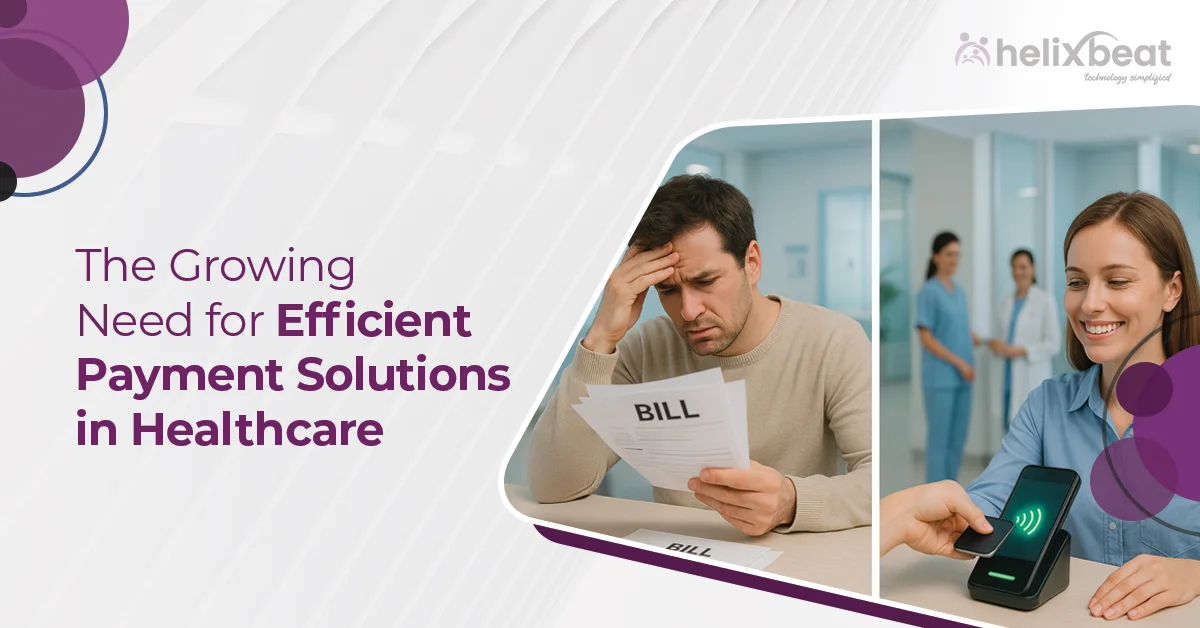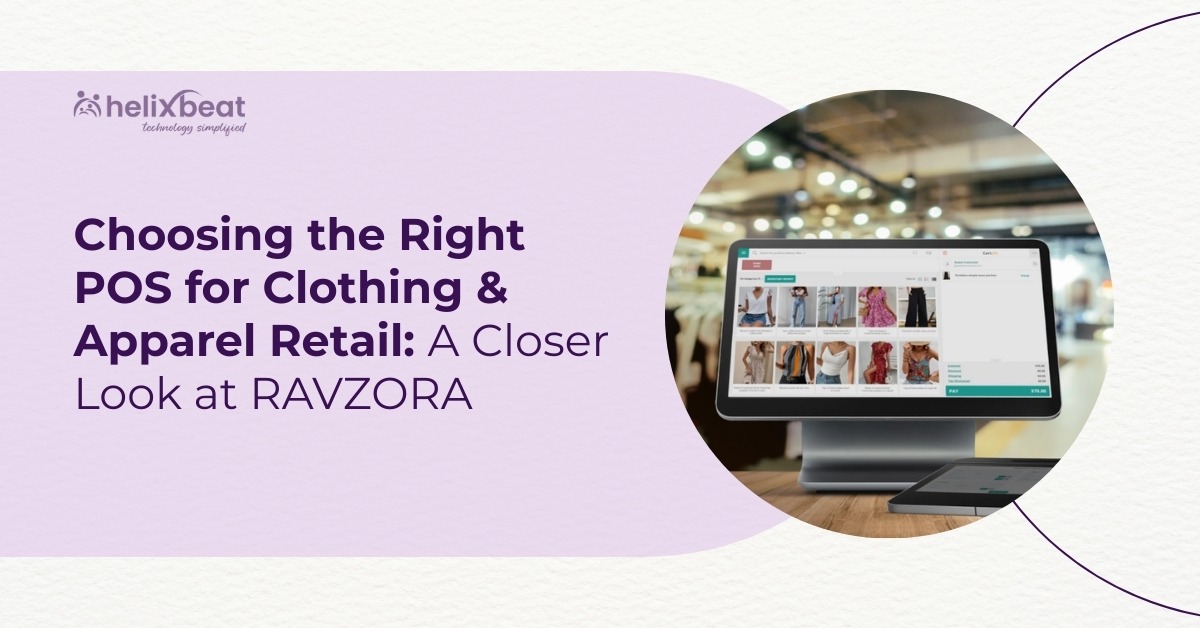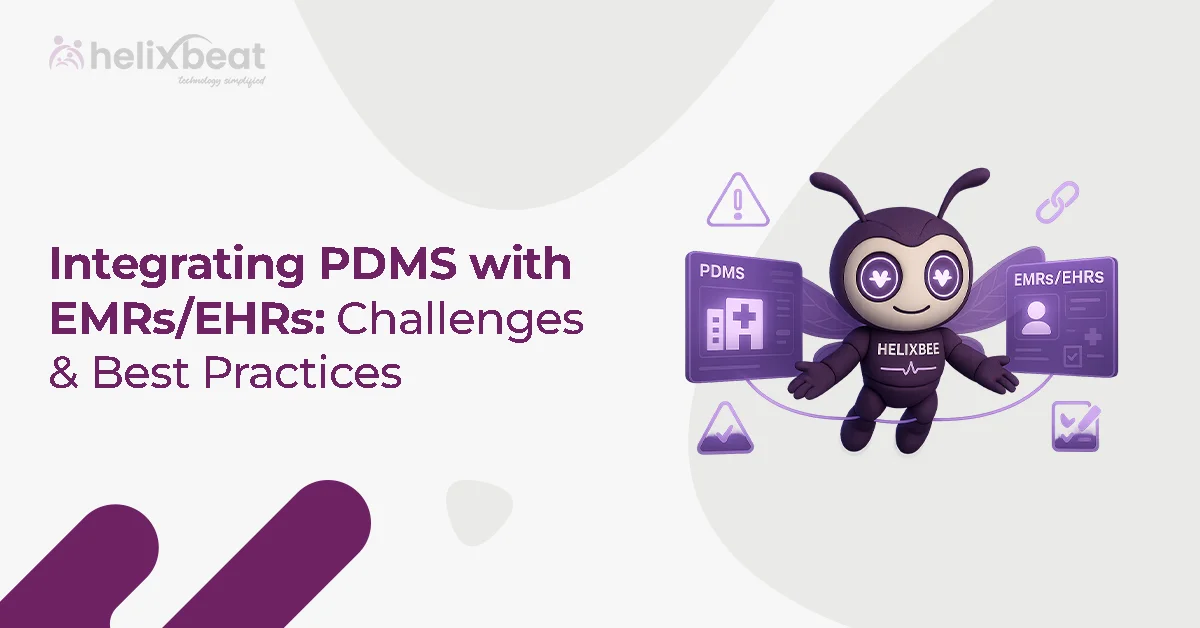As healthcare providers, our mission has always been clear: deliver timely, compassionate, and quality care. But behind every successful treatment lies a complex web of operations—scheduling, insurance coordination, billing, collections—that are equally critical to patient satisfaction. One area that continues to hinder our efficiency is payment processing.
Despite investing in state-of-the-art medical equipment and hiring top medical talent, many hospitals and clinics still rely on outdated billing systems that frustrate patients, delay discharges, and drain administrative resources. In today’s digital-first world, where patients expect instant services in nearly every aspect of their lives, our financial workflows cannot remain stuck in the past.
At the center of this operational lag is a critical need: an efficient, secure, and seamless online payment processing system that can meet the demands of modern healthcare. That’s where solutions like Paynova step in—bringing agility, accuracy, and automation to healthcare billing and collections.
This blog explores why the adoption of online payment processors is no longer optional for healthcare providers—and how platforms like Paynova are helping to improve healthcare efficiency

Table of Contents
The Problem: Inefficiency Is Costly in Healthcare
Let’s face it—modern healthcare isn’t just about clinical excellence. It’s about speed, experience, and accuracy. According to a 2023 study by McKinsey, healthcare inefficiencies cost the U.S. economy approximately $265 billion annually, much of it tied to administrative burdens, billing errors, and delayed payments.
Patients don’t just want great medical care—they expect healthcare efficiency. That includes short wait times, seamless communication, and fast, secure billing. Unfortunately, patient wait time often stretches not just in the ER or for a doctor’s appointment, but also in the billing department.
A survey by InstaMed showed that 65% of patients were surprised by their medical bills, and nearly 80% would prefer to pay their bills online if given the option. Yet, less than 25% of healthcare providers offered a robust digital payment experience.
So, what’s missing? The answer is clear: modern, secure, and streamlined online payment processors.
Why the Shift to Online Payment Processors Matters
The healthcare sector handles one of the most emotionally and financially sensitive transactions in a person’s life—paying for care. And yet, our financial workflows are often fragmented, manual, and full of friction. Shifting to online payment processors is no longer about keeping up with trends—it’s about transforming care delivery and administration.
Let’s break it down:
1. Faster Transactions = Happier Patients
Patients come in stressed, anxious, or in pain. Standing in long queues or filling out lengthy billing forms only adds to that stress. Online payment processors allow patients to clear bills in a few taps—often from their own devices—while sitting in the waiting area or even ahead of time via SMS/email links.
A report by InstaMed states that 74% of patients are frustrated by long waits at payment counters.
Benefit: Hospitals that digitize payments can dramatically reduce patient wait time, leading to higher satisfaction scores and more efficient appointment flow.
2. Reduced Administrative Load on Staff
Hospital admin teams are often overwhelmed—not with patient care, but with outdated billing systems. Manual entries, paper receipts, and follow-up calls for unpaid bills consume valuable time. With online payment processors, billing becomes automated, and collections more predictable.
Benefit: Staff can focus more on patient needs and less on repetitive payment-related tasks, thereby improving healthcare efficiency.
3. Improved Cash Flow Management
Delayed insurance settlements and manual billing can create serious gaps in cash flow for hospitals. But with real-time settlements, providers can access funds almost instantly and track all transactions through a central dashboard.
Benefit: Improved financial visibility allows for smarter budgeting, expansion decisions, and uninterrupted supply chain management for essentials like medicines and equipment.
4. Enhanced Transparency for Patients
Gone are the days when patients blindly accepted handwritten bills. Today, they want clarity. Online processors offer detailed, itemized invoices, real-time alerts, downloadable receipts, and transaction history—boosting trust and reducing billing disputes.
📊 According to Experian Health, 65% of patients say they would consider switching providers for a better digital experience.
Benefit: Transparent digital payments build long-term patient loyalty and prevent revenue loss due to unclear billing.
5. Seamless Integration with Hospital Management Systems (HMS)
Leading online payment processors like Paynova can integrate directly with HMS or EHR (Electronic Health Record) systems. This creates a unified flow from patient registration to consultation, treatment, and billing.
Benefit: One-click payments, real-time billing updates, and centralized reporting mean fewer errors and faster operations.
6. Flexibility with Payment Options
Healthcare costs can be unpredictable. Patients today need flexible ways to pay. Modern online payment processors offer EMI, wallets, and even BNPL options—making care more accessible without compromising hospital revenue.
Roughly 44% of patients delay care due to financial concerns (KFF 2023 report).
Benefit: Offering flexible payment methods can reduce care deferral, increase revenue, and improve treatment outcomes.
7. Contactless & Safe Payment
Post-COVID, hygiene is a serious concern. Physical cash and swiping cards at hospital counters raise red flags. Digital payments minimize physical contact—supporting infection control protocols.
Benefit: Better safety standards, lower contamination risk, and an overall more hygienic experience.
8. Easier Reconciliation and Auditing
Forget combing through paper trails or mismatched ledgers. With online payment processors, hospitals can view daily collections, pending dues, and refund statuses in one place. This ensures easier auditing and compliance.
Benefit: Fewer financial errors, stronger internal controls, and simpler tax filings or NABH audits.
9. 24/7 Payment Access
Emergencies don’t follow business hours. Whether it’s midnight or a holiday, patients (or their families) should be able to pay from wherever they are. Online platforms ensure payments can be made and tracked 24/7.
Benefit: Zero downtime in operations, and no dependency on front-desk working hours.
10. Scalability for Multi-Location Healthcare Chains
For healthcare providers operating across multiple locations or specialties, consistency is key. A unified online payment processor ensures that all branches follow the same payment protocol with centralized control.
Benefit: Better brand experience, smoother multi-location cash flow management, and consistent policy enforcement.
The Impact: How Online Payment Processors Reduce Patient Wait Time
One of the biggest bottlenecks in patient care is—ironically—not the diagnosis or treatment, but the payment process. From verifying insurance to generating invoices and waiting for manual authorization, the payment lifecycle often adds hours to the patient’s journey.
Here’s what online payment processors do differently:
- Pre-authorized payments: Patients can make partial or complete payments online when booking appointments, reducing congestion at front desks.
- Automated follow-ups: Instead of calling patients repeatedly for pending dues, automated SMS/email reminders with payment links can be sent.
- Mobile checkouts: In-patient departments can issue QR codes or links that patients scan to pay instantly.
All of these contribute to a significant reduction in patient wait time, faster discharges, and a better overall experience.
Case in point: A leading multi-specialty hospital in Mumbai reduced its patient billing time by 35% after integrating an online payment solution in 2022.
Enter Paynova: A Purpose-Built Payment Solution for Healthcare
So, where does Paynova fit in this transformation?
Paynova isn’t just another payment gateway. It’s a healthcare-centric online payment processor designed with the intricacies of clinics, hospitals, and diagnostic centers in mind. Here’s why Paynova is emerging as a go-to solution:
1. Tailored for Healthcare Workflows
From appointment prepayments to prescription renewals and lab test bookings, Paynova integrates into every patient touchpoint. It’s built to handle multiple departments, manage insurance claims, and streamline both B2C and B2B transactions.
2. Secure and Compliant
With HIPAA-compliant data protocols, end-to-end encryption, Paynova ensures that sensitive health and payment data is never compromised.
3. Multiple Payment Modes
Patients can pay via cards, wallets, net banking, or even EMI plans. Paynova’s multi-channel support ensures that no patient ever has to say, “Sorry, I don’t have cash.”
4. Custom Dashboards for Hospitals
Admins can track revenue, generate reports, manage invoices, and monitor payment statuses in real time—greatly enhancing healthcare efficiency.
5. Patient-Friendly UI
Paynova’s interface is intuitive for patients of all ages, enabling faster, error-free transactions.
6. Integration with Existing Hospital Software
Whether it’s an HMS (Hospital Management System) or EMR (Electronic Medical Record), Paynova can plug into existing systems with minimal friction.
Healthcare Isn’t One-Size-Fits-All—And Neither Is Paynova
Every hospital or clinic operates differently. A pediatric clinic’s billing needs differ vastly from a cancer research center. Paynova addresses this by offering customizable payment modules—ensuring that providers aren’t stuck with rigid templates.
Example: A dental clinic can use Paynova to send appointment reminders with built-in payment links. A pathology lab can accept payments for walk-ins via QR codes. A wellness center can allow subscription-based services.
All of this not only improves patient experience but also reduces patient wait time, improves staff productivity, and boosts revenue.
Final Thoughts: Why the Healthcare Industry Can’t Wait Any Longer
If you’re a healthcare provider looking to reduce patient wait time, improve healthcare efficiency, and delight your patients, now’s the time to adopt Paynova—your smart, secure, and scalable online payment processor.
By embracing online payment processors, providers can reduce patient wait time, enhance healthcare efficiency, and create a seamless end-to-end experience that benefits patients, doctors, and administrators alike.
Paynova is not just responding to a market need—it’s redefining what modern healthcare payments should look like.
So, the next time someone rushes their loved one to the hospital, let’s make sure their only worry is about health—not billing.
FAQs
1. Why are traditional healthcare billing systems considered inefficient?
Traditional billing systems are often manual, paper-based, and slow, causing discharge delays, billing errors, and increased administrative workload.
2. What are the main benefits of using online payment processors in healthcare?
They streamline billing, reduce patient wait times, enhance transparency, improve cash flow, and reduce administrative burden—leading to a better patient experience.
3. How do online payment processors like Paynova ensure data security?
Platforms like Paynova follow HIPAA-compliant protocols, use end-to-end encryption, and implement strict access controls to protect patient and payment data.
4. Can online payment processors integrate with hospital management systems?
Yes, advanced platforms such as Paynova seamlessly integrate with HMS and EHR systems, enabling real-time updates, automated invoicing, and unified reporting.
5. Do online payment processors offer flexible payment options for patients?
Absolutely. They support credit/debit cards, EMI, wallets, and even Buy Now Pay Later (BNPL) options, helping patients manage healthcare costs more easily.
6. How do online payment processors reduce patient wait times?
By enabling pre-authorized payments, mobile checkouts, and automated reminders, these tools minimize billing queues and speed up the overall discharge process.














